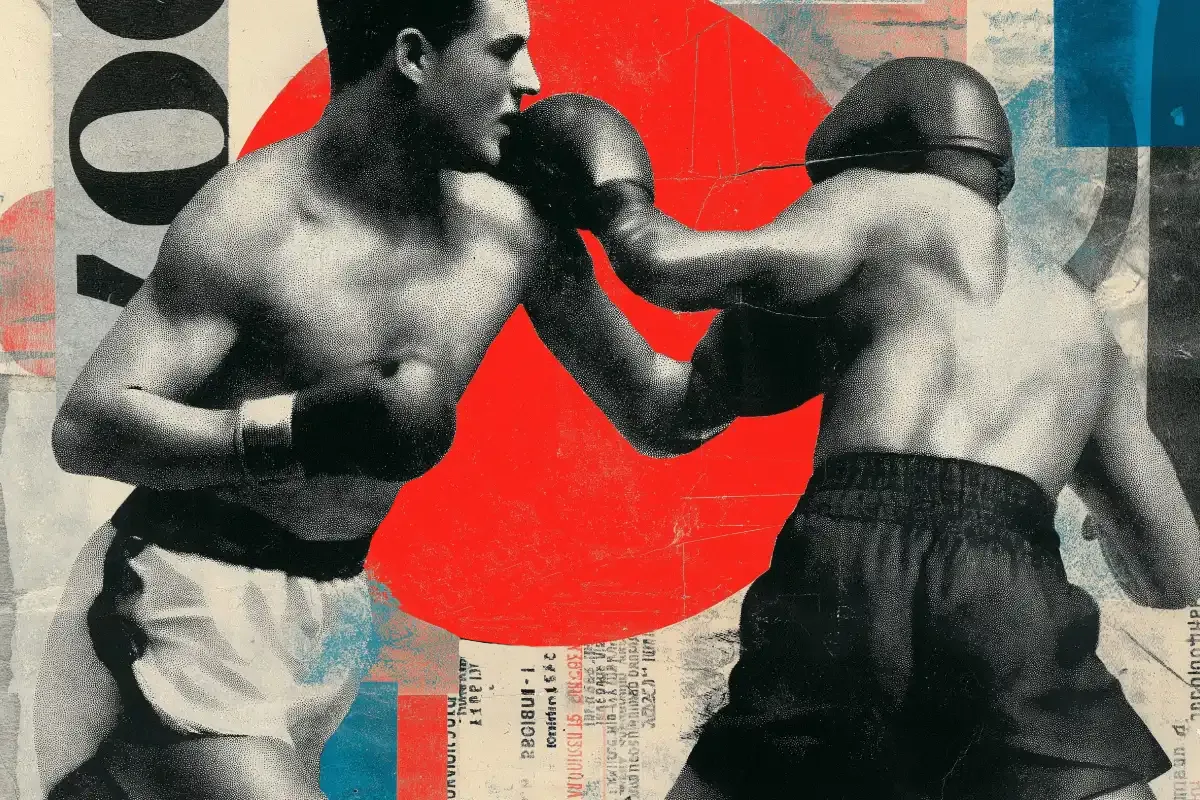You've likely heard of the classic project management triangle: time, cost, and scope. Pick two. As product managers, we face our special triangle: engineering, design, and marketing. According to conventional wisdom, mastering all three is about as likely as me finishing a 5k without requiring medical attention.

The triangulation situation.
Last quarter, our team was developing a new customer feedback portal. Sounds straightforward enough, right? That's what I thought, too, before I found myself wedged between three immovable forces of professional nature.
The engineer had architectural concerns about our approach. "If we build it this way, we'll create technical debt that'll haunt us."
Meanwhile, the designer sent increasingly concerned messages: "The user flow feels like navigating a hedge maze after six pints. And the interface looks like it was designed by someone who thinks Comic Sans is 'just misunderstood.'"
Marketing had already promised customers a launch date and features that existed only in the collective imagination of our executive team. "We've already started the campaign. People are excited. We can't change anything now."
There I was, attempting to juggle these competing concerns while maintaining the appearance of someone who knew what they were doing. It was a classic case of fake-it-till-you-make-it, except the making-it part seemed increasingly theoretical.
Embracing the chaos.
After a particularly soul-crushing meeting where I tried to please everyone and succeeded at pleasing no one, I retreated to my desk and did what any self-respecting product manager would do: I stared blankly at my screen and contemplated my distant retirement as printmaking in my garage.
Product management is supposedly about "guiding every step of a product's lifecycle" while "focusing on the product and its customers first and foremost". Yet there I was, unable to guide my way out of a paper bag, let alone a product roadmap.
What I needed wasn't another framework or methodology. I needed to accept that sometimes, balls will drop. As Hunter Walk wisely noted, "Being consensus-driven is death from a product management standpoint". I couldn't make everyone happy—and that was really the point.
The triangle workshop.
The next morning, I gathered our core team in a room with more coffee than should be legally permitted and a whiteboard that would soon bear the weight of our collective anxiety.
"Right, here's the situation," I began, drawing a triangle on the board. "Engineering excellence, design perfection, and marketing promises. We've been acting like we can have all three, but we can't at least not right now with our current resources and timeline."
The room fell silent. I'd just committed the cardinal sin of product management: admitting limitations.
"So what are we going to do?" asked our Engineer, "Throw darts at the triangle and see which corner we hit?"
"Not exactly," I replied. "We're going to prioritise together, understanding that we're making trade-offs, not failures."
We spent the next three hours breaking down our customer needs, technical constraints, and business goals. We moved sticky notes around like we were conducting a bizarre ritual to appease the product gods. We argued. We compromised. We ate ALL the biscuits.
Finding balance in the imbalance.
What emerged wasn't perfect harmony; it was something better: honest clarity. We agreed to focus on a smaller set of features that met the core user needs while being technically sound. Design would have to simplify some interactions, and marketing would need to adjust messaging to set proper expectations.
This approach aligns with what Martin Eriksson describes as product management being "the intersection of business, user experience, and technology". We weren't trying to be perfect in all three areas, but we were finding a viable intersection.
Instead of seeing the product triangle as three equal sides, we recognised that different corners needed more weight at various stages. For our initial launch, user experience and technical stability took precedence over marketing's feature wish list.
Lessons from life in the triangle.
Six weeks later, we launched. Was it everything we originally envisioned? Not even close. Was it valuable to users and sustainable for our team? Absolutely.
Living in the product triangle taught us several things:
- Transparency beats juggling. When I stopped pretending I could keep all balls in the air and openly discussed trade-offs, everyone became more invested in finding solutions.
- The triangle shifts. Sometimes engineering needs to lead, other times design or marketing takes priority. The balance isn't static—it evolves with your product lifecycle.
- Close to customers, close to truth. When debates got heated, returning to actual user needs provided clarity. As one search result noted, staying "close to your customers" becomes increasingly challenging as you scale, but it remains essential.
- It's a team sport. At Atlassian, they've formed "the triad—where a leader from development, design, and business work together". Our version wasn't as formal, but the principle was the same: shared ownership across disciplines.
The juggling act continues.
I'd love to tell you that I've mastered the product triangle and now effortlessly balance all three disciplines like some product management zen master. I haven't. I still drop balls regularly.
Product management isn't about perfect juggling—it's about knowing which balls are glass (will shatter if dropped) and which are rubber (will bounce back). Sometimes, engineering concerns are glass; sometimes, design details are rubber. The art is in knowing the difference.
So, take comfort if you're a product manager living in the triangle, feeling like you're one stakeholder request away from a complete juggling collapse. We're all there with you, dropping balls, picking them up, and somehow still building products that matter.
And remember, as long as you keep the most important ball in the air—solving real problems for real users—you're doing alright. The rest is just circus tricks.

